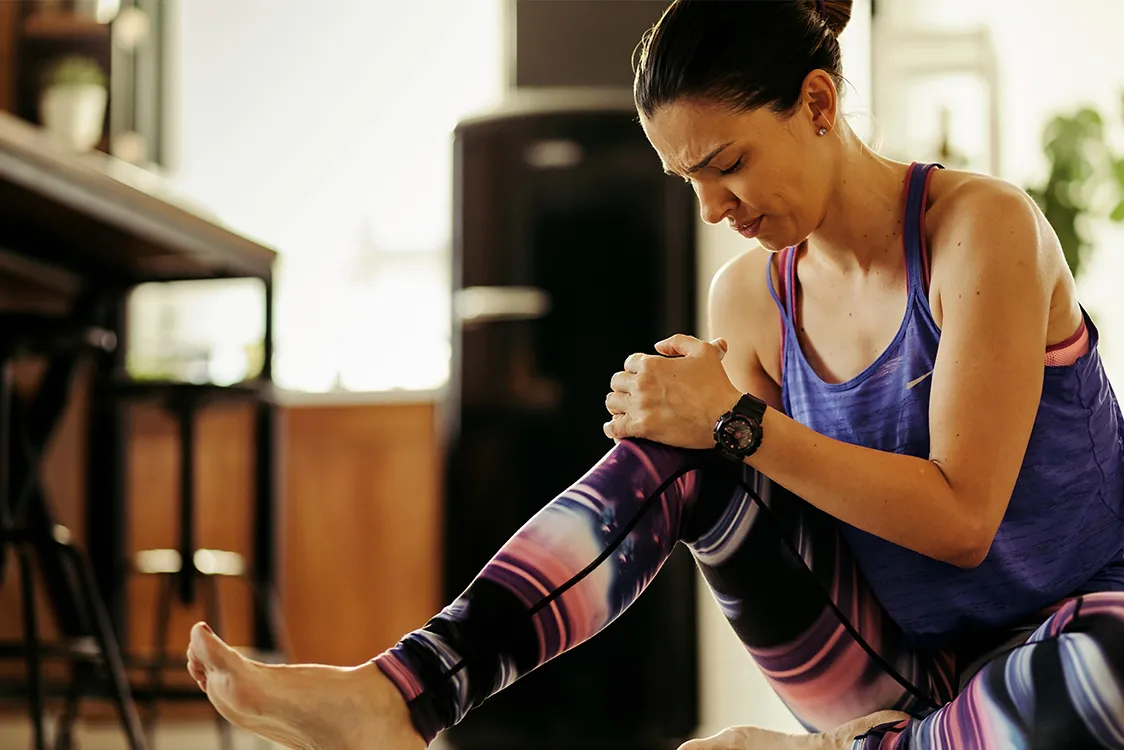Dr. Aarti Ullal, Consultant Endocrinologist, Global Hospital, Parel, Mumbai says that planning and proper management for osteoporosis are essential because treatment must be tailored to each patient’s severity, age, and risk factors.
Osteoporosis is a condition where the bones thin out due to hormonal changes or a lack of calcium, vitamin D, and other minerals, making the bones brittle and fragile. You are more likely to sustain fractures from minor trauma.
SYMPTOMS TO BE AWARENESS
Lower back pain, a curved or stooped back, a loss of height, and minimally traumatic fractures of the spine, hip, or wrist are common symptoms of osteoporosis. Age affects the frequency of osteoporotic fractures in both men and women. Because their estrogen levels are lower, post-menopausal women are more vulnerable.
According to the population studied, the lifetime risk of osteoporotic fractures in men has been estimated to be between 10% and 25%, whereas it is between 6% – 65% in women.
Family history, gender (women are more likely to develop osteoporosis than men), age (older people are more likely to create it), bone structure, body weight (small-boned, thin women are more prone), history of fractures, long-term use of medications like steroids, anticonvulsants, antacids, smoking, and alcohol are just a few of the risk factors.
REDUCING RISK VIA DIET
Women should take precautions to prevent and delay osteoporosis because they are at a higher risk. For strong bones, calcium and vitamin D are essential hence women should consume 400 to 800 IU of vitamin D and 1,000–1200 milligrams of calcium daily. You should include calcium-rich foods in your diet, such as milk and milk products like curd, buttermilk, cheese, and paneer, as well as green leafy vegetables like spinach, broccoli, and kale, dry fruits like almonds and figs, seeds like poppy, sesame, and chia, as well as fish like sardines and salmon.
Foods like cereals, flour, and dairy products fortified with calcium and vitamin D. Magnesium, potassium, vitamin C, and vitamin K should all be included in your daily diet.
WHY WORKOUTS ARE IMPORTANT
Osteoporosis can be prevented and treated in large part through exercise. Bone strength is improved by weight-bearing activities like walking, running, dancing, hiking, climbing stairs, and skipping as well as muscle-strengthening activities like weight lifting, push-ups, planks, and stretching with resistance bands.
Spend at least 30 minutes each day working out.
LEVEL OF LIFE CHANGES
A significant factor is a lifestyle change. Drinking alcohol and smoking negatively impact the body’s capacity to store and utilize calcium—limits on caffeine. Osteoporotic fractures can be avoided by reducing falls in patients with fragile bones. Gait imbalance in older people should be treated with support when walking.
Most falls happen at night or in the early morning on the way to the bathroom. Therefore, taking precautions, like leaving a night light on, helps prevent falls.
A bone density test (BMD-Dexa Scan) is performed to assess the likelihood and severity of osteoporosis.
Planning and effective management for osteoporosis are essential because individual treatment plans must consider severity, age, and risk factors. Supplementing calcium and vitamin D, changing one’s lifestyle, and exercising are all possible treatments. Additionally, the patient might require specialised care with drugs that either promote bone formation or stop bone loss. Osteoporosis treatment is extensive and should be personalised and adapted to the needs of each patient.





